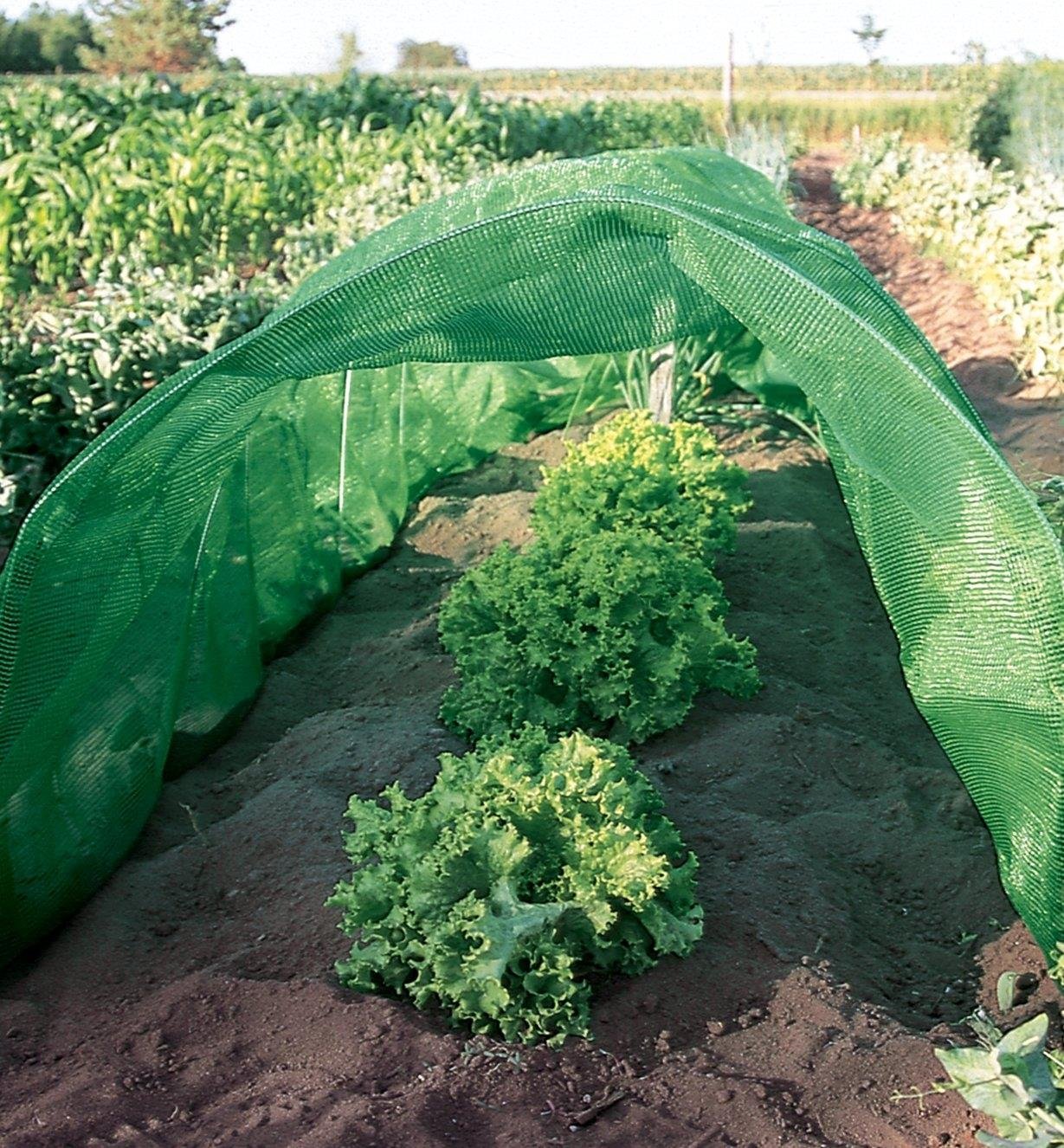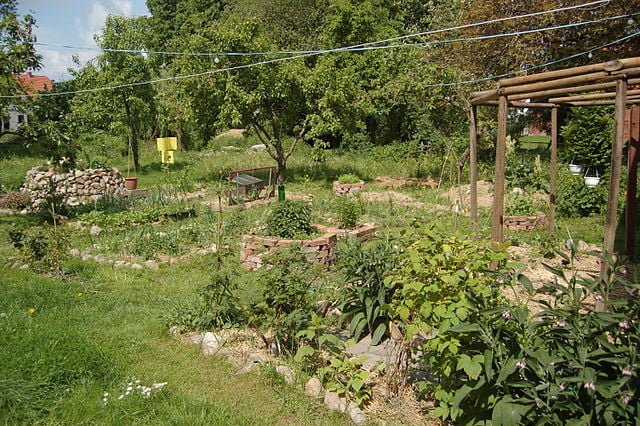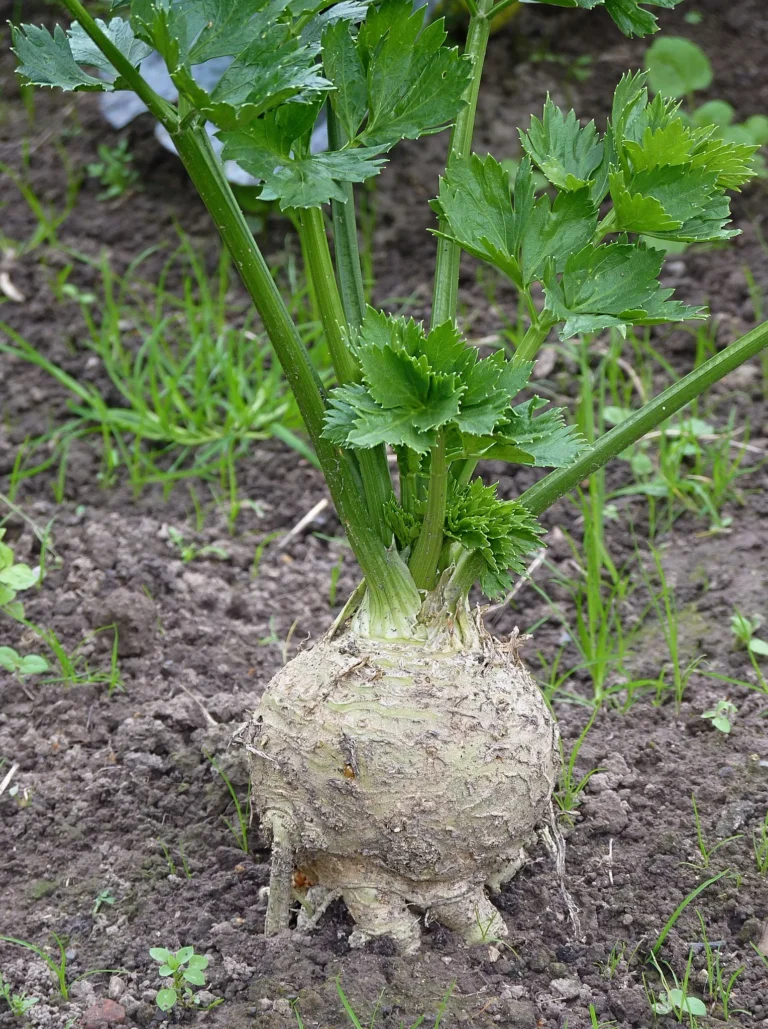How to Use Shade Cloth in Your Garden
What Is Shade Cloth?
Shade cloth is a durable, woven or knitted fabric designed to filter sunlight. It is available in various densities that block anywhere from 30% to 90% of direct sunlight. The percentage of shade you choose depends on the specific needs of your plants and the intensity of the sunlight in your region. For example, a 50% shade cloth is ideal for many vegetable gardens, while more sensitive plants may require up to 70% or even 90% shading.
Benefits of Using Shade Cloth
Using shade cloth in your garden can provide numerous advantages:
- Protection from Excessive Heat: By reducing direct sunlight, shade cloth helps prevent leaf scorch and sunburn on your plants, allowing them to thrive even in high temperatures.
- Improved Water Efficiency: With less direct sun exposure, the rate of water evaporation decreases. This means you can often reduce the frequency of watering, conserving water and lowering your garden maintenance.
- Enhanced Plant Growth: Many plants perform better in diffused light. The controlled light environment under shade cloth can reduce stress and encourage stronger growth, leading to healthier plants.
- Versatility in Design: Shade cloth is not only functional but can also be used to create attractive garden features such as pergolas, canopies, or even temporary installations during peak summer months.
- Extended Growing Seasons: In areas with intense summer sun, shade cloth can help moderate temperatures, allowing you to extend your growing season and protect your crops during transitional periods.
Choosing the Right Shade Cloth
When selecting shade cloth for your garden, consider these key factors:
- Shade Percentage: Determine how much sunlight your plants need to avoid scorching yet still receive sufficient light for photosynthesis. Read the labels carefully—different products block different percentages of sunlight.
- Material Durability: Look for shade cloth that is UV-resistant and weatherproof. High-quality fabrics can withstand strong winds and heavy rain, ensuring longevity.
- Colour Options: Common colours include black, green, and even white. While black is often used because of its high durability and heat absorption, lighter colours might reflect more light and create a cooler microclimate.
- Size and Installation Flexibility: Ensure that the cloth you select is available in the size that fits your garden’s layout. Some shade cloth is sold in rolls, which can be cut to fit, while others come pre-sized for specific applications.
How to Install Shade Cloth in Your Garden
Proper installation is key to making the most of your shade cloth. Follow these steps for a successful setup:
- Plan Your Coverage:
Identify the areas in your garden that require shade—this could be a vegetable patch, a collection of potted plants, or a seating area that doubles as a gardening zone. Sketch a rough layout to determine the best placement. - Build a Support Structure:
Depending on the area you want to cover, you might need a frame, poles, or even existing trees. For small gardens, stakes or simple posts can be used to anchor the cloth. In larger setups, consider installing a pergola or an arch. - Secure the Shade Cloth:
Unroll or drape the cloth over your chosen area. Use clips, bungee cords, or garden ties to attach the fabric securely to the support structure. Make sure the cloth is stretched out evenly to prevent sagging and to withstand wind. - Adjust for Tension and Angle:
A taut shade cloth not only looks neat but also performs better. Adjust the angle so that the cloth provides maximum coverage during the hottest parts of the day. In some cases, angling the cloth slightly can also allow some morning or evening sun, which many plants appreciate. - Regular Checks and Maintenance:
Periodically inspect your installation for signs of wear or damage. Tighten any loose fittings and repair small tears before they expand. With proper care, a well-installed shade cloth can last for many seasons.
Tips for Maximizing the Effectiveness of Shade Cloth
- Seasonal Adjustments:
Some plants may benefit from different levels of shading at various stages of growth. Consider a setup that allows you to adjust or remove the cloth as needed. - Combine with Other Garden Practices:
Shade cloth works well alongside mulching, which helps retain moisture, and drip irrigation systems that keep the soil consistently damp without overwatering. - Experiment with Configurations:
Try different arrangements—horizontal, angled, or even vertical applications—to see what works best for your garden’s layout and your plants’ needs.
Real-World Applications
Many gardeners have seen tremendous benefits from using shade cloth. For example, tomato plants often fare better in hot climates when provided with partial shade during the peak afternoon sun, leading to more consistent fruit production and less leaf damage. Similarly, gardeners cultivating tropical or delicate flowering plants find that controlling the light intensity helps maintain vibrant colours and healthy growth.
Conclusion
Shade cloth is a simple yet powerful tool that can transform your garden’s environment. By controlling the amount of sunlight your plants receive, you not only protect them from harsh conditions but also create a more efficient, sustainable garden. Whether you’re a seasoned gardener or just starting out, integrating shade cloth into your garden design can lead to healthier plants and a more enjoyable outdoor space.
Embrace the benefits of controlled sunlight, experiment with different setups, and watch your garden flourish all season long!
1. Understanding the Benefits of Shade Cloth
Shade cloth offers several advantages to gardeners:
- Temperature Control: Reduces heat by blocking a percentage of sunlight.
- Moisture Retention: Helps retain soil moisture by reducing evaporation.
- Wind Protection: Acts as a barrier against strong winds.
- Pest Control: Can be used to keep certain insects away from plants.
2. Choosing the Right Shade Cloth
Selecting the appropriate shade cloth is crucial for success:
- Shade Percentage: Shade cloth comes in various densities, from 10% to 90%. Choose based on your plants’ needs and local climate.
- Material: UV-resistant polyethylene is commonly used, offering durability and effectiveness.
- Colour: Different colours can influence plant growth. Black is standard, but aluminum reflects heat, and green may blend with the garden’s aesthetics.
3. Measuring and Cutting
Proper measurement and cutting ensure a perfect fit:
- Measure the Area: Determine the length and width of the area you want to cover.
- Add Extra Length: Allow extra material for securing the cloth.
- Cut Carefully: Use sharp scissors or a utility knife for a clean cut.
4. Installing Shade Cloth
Installation methods vary based on the garden’s design:
- Over a Greenhouse: Attach to the frame using clips or ties.
- Over Garden Beds: Use hoops or stakes to create a support structure.
- On a Pergola or Patio: Secure with nails, screws, or ties to the existing structure.
- Adjustable Systems: Consider pulleys or roll-up mechanisms for adjustable shading.
5. Utilizing Shade Cloth in Different Scenarios
Shade cloth can be used in various garden scenarios:
- Protecting Seedlings: Use a higher shade percentage to protect delicate seedlings.
- Growing Cool-Season Crops: Extend the growing season for cool-loving plants.
- Shading Ornamentals: Protect ornamental plants from scorching sun.
- Creating Microclimates: Design specific growing conditions for exotic or sensitive plants.
6. Maintenance and Care
Proper care ensures the longevity of the shade cloth:
- Regular Inspection: Check for wear and tear, especially after storms.
- Cleaning: Hose down as needed to remove dust or debris.
- Winter Storage: If not needed year-round, store in a dry place to prevent damage.
7. Tips and Precautions
Maximize the benefits of shade cloth with these tips:
- Avoid Excessive Shading: Too much shade can hinder growth; choose the right percentage.
- Ensure Proper Ventilation: Avoid creating a stagnant environment that encourages disease.
- Consult Local Experts: Garden centers or local gardening groups can offer region-specific advice.
Conclusion
Shade cloth is an invaluable tool for gardeners looking to optimize growing conditions and protect plants from harsh weather. By understanding its benefits, choosing the right type, and installing it properly, you can enhance your garden’s productivity and beauty. Whether you’re growing vegetables, flowers, or creating unique microclimates, shade cloth offers a versatile solution for gardening success.






